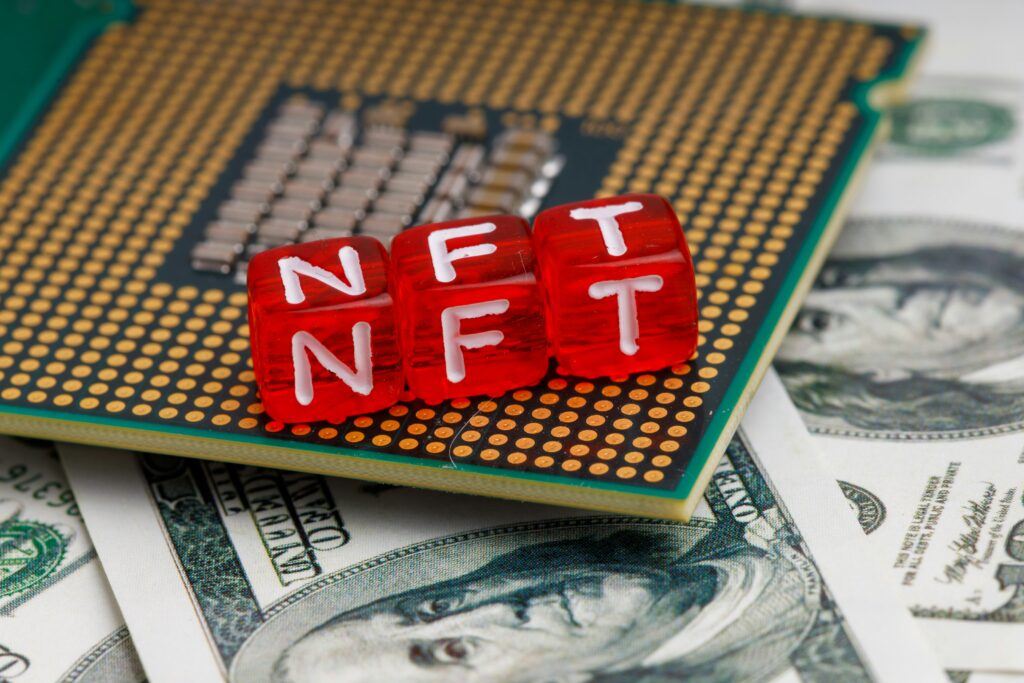Quick look at NFTs in 2024, some real-life applications & 2025 forecast to explore how NFTs are set to evolve, while uncovering the significant challenges in onboarding users to this new digital frontier.
2024: A Breakthrough Year for NFTs
Well, 2024 might have been a breakthrough if you’ve been into NFTs, and great news for early collectors. We saw projects like Azuki’s Anime Chain and Anime Coin, trying to cash in on the anime craze. Then there’s Pudgy Penguins with their Abstract Chain, which supposedly adds some unique value to the NFT scene. BAYC Creator Yuga Labs launched ApeChain, while Ordinals NFTs added a more fun and friendly experience to the Bitcoin ecosystem. The total market cap and trading volume reached their highest performance ever, creating more spaces for NFT traders, following daily initiatives from professional builders. But let’s not kid ourselves; it’s all about repackaging the same old digital art with a new twist to sell it again.
CloneX Shutdown
And then, there’s CloneX – the darling NFT project of Nike and Takashi Murakami that crashed and burned. It was supposed to be the future of fashion-tech integration, but it ended up being a lesson in how quickly the NFT bubble can pop. It shows the instability at the heart of this so-called “market”. If even Nike can’t keep their NFT venture afloat, what hope does the average Joe have?
Go Mainstream: Culture Remains?
NFTs carry culture, offering unique, privileged feelings for groups that share the same values. Yet, one person might have different values. Contrary to mainstream trends which drive mass adoption for everyone, opportunities open up with the potential loss of cultures built since the beginning. The entertainment industry jumped on the NFT bandwagon in 2024, with platforms like MangoTV and Yeah1 Group trying to make their content blockchain-powered. FunFusion, a complete web3 solution for entertainment, pushed their NFT voting systems, claiming it’s some groundbreaking way for fans to “engage”.
Challenges Traditional Finance Meets Web3
Even traditional finance got lured into the Web3 siren song, playing around with NFT-backed loans and tokenizing everything in sight. They’re trying to convince us that this is the future of finance, but it feels more like a big attempt to stay relevant by jumping on the latest tech trend. Decentralization? More like de-regulating the financial world into chaos. In another perspective, what we saw last year, Sui, Base, Sei and other layers are joining forces with applying NFTs on DeFi products. FOMO is a beautiful culture, while tradition requires patience in timing. How much time for retails to learn financial tools and overcome the fear of lack of knowledge and experience, no idea, enjoy progress.
Story Protocol: Redefining IP
Story Protocol, with its impressive US$2.2 billion valuation, has entered the arena with ambitious pledges to revolutionize the management of intellectual property (IP) rights using blockchain technology. IP holds a critical role in ownership across the entire Web3 ecosystem and its economy, extending far beyond just NFTs. They claim to empower creators with more control over their work.
2025: Still Potential & Beyond
By 2025, guessing NFTs will be more deeply integrated into DeFi products, enabling fractional ownership and further tokenization. Layers continue to figure out “the hows” to scale users in friendliness and fun. Traditional finance will embrace tokenization, bringing new users into the Web3 space. This expansion of blockchain technology into both DeFi and traditional sectors signifies a clear progression towards a more democratized financial ecosystem. However, the view of evolution seems to be still skeptical, anticipating more of the same old tricks dressed up in new blockchain jargon. The potential for a digital mess where ownership becomes muddled is evident, yet the narrative persists – bright, shiny, and ripe for exploitation. There’s no choice to experiment fast–fail fast–learn fast.
*This article is by a member at AntiAntiNFTS Club (AANC), exposing technology innovations and looking ahead to what may happen in web3.

